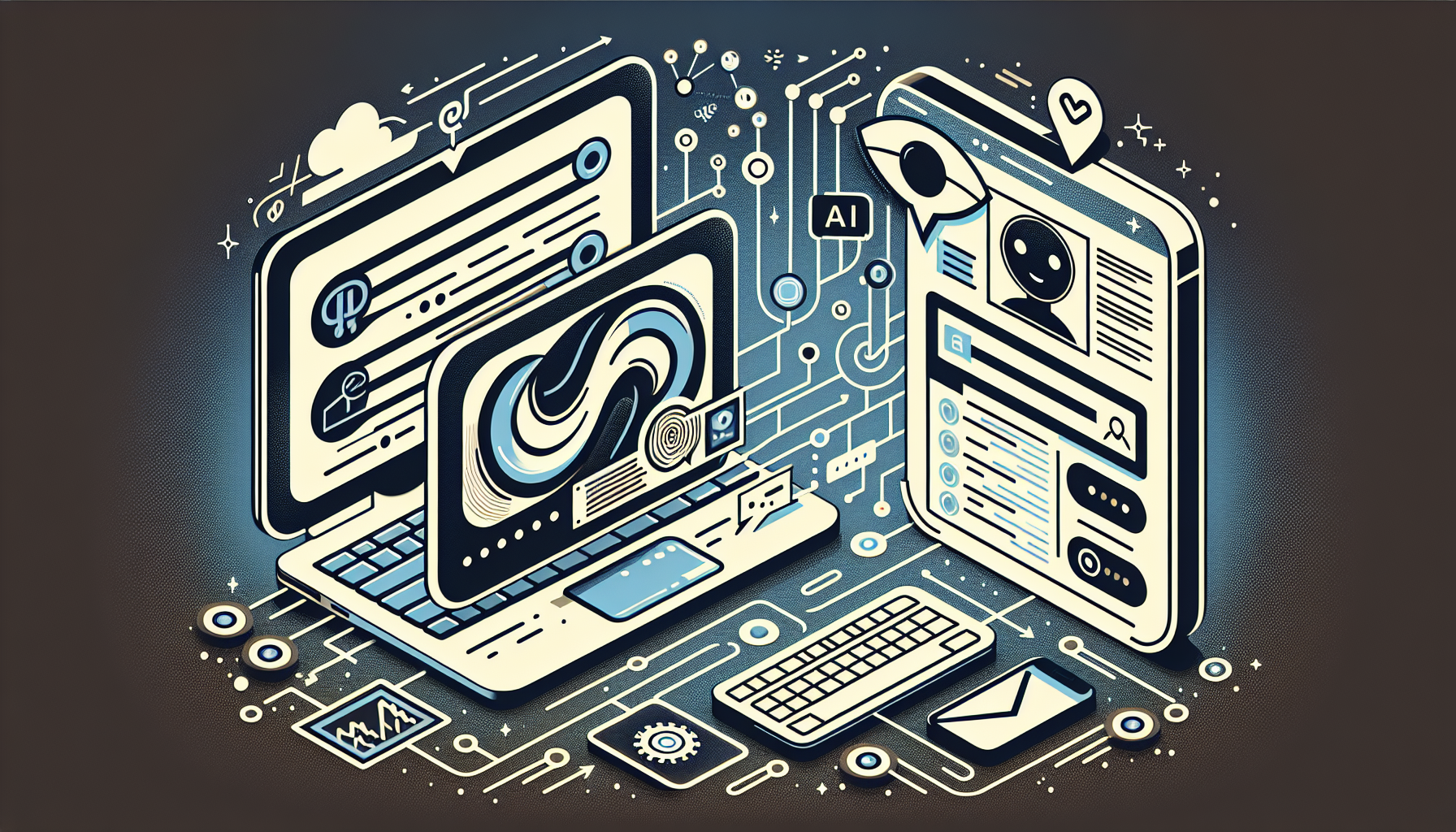The Importance of Integrating ChatGPT into Your CRM
In today’s fast-paced business environment, Customer Relationship Management (CRM) systems play a pivotal role in managing customer interactions and driving growth. Integrating AI technologies like ChatGPT into your CRM can significantly enhance your communication strategies, streamline processes, and ultimately improve customer satisfaction.
Understanding ChatGPT
ChatGPT is an advanced language model developed by OpenAI, capable of understanding context and generating human-like responses. Businesses can leverage this technology for various applications, including customer service, marketing automation, and lead generation. By integrating ChatGPT into your CRM, you can provide real-time responses, personalize communication, and improve overall efficiency.
Steps to Integrate ChatGPT into Your CRM
1. Define Your Goals and Objectives
Before diving into the integration process, it is crucial to identify the specific goals you aim to achieve. Are you looking to enhance customer support, speed up lead responses, or automate scheduling? Clear objectives will help tailor the integration to meet your business needs effectively.
2. Choose the Right CRM
Selecting a CRM that supports third-party integrations is essential for a seamless ChatGPT rollout. Popular CRM platforms like Salesforce, HubSpot, and Zoho often offer customizable APIs. Ensure that your chosen CRM allows for easy integration with external AI technologies.
3. Assess Your Data Quality
The effectiveness of ChatGPT largely depends on the quality of data fed into it. Review your customer databases, conversation logs, and feedback forms. Cleanse and organize this data to ensure that ChatGPT can generate relevant and accurate responses based on historical interactions.
4. Leverage APIs for Integration
Utilizing APIs (Application Programming Interfaces) is key to connecting ChatGPT with your CRM. Most CRMs offer robust API documentation. Familiarize yourself with the API endpoints for retrieving and sending data. You can build a middleware application that interfaces between your CRM’s API and ChatGPT, allowing seamless communication flow.
5. Train ChatGPT with Custom Datasets
To enhance its capabilities, you can fine-tune ChatGPT using your unique datasets. This might include FAQs, customer feedback, and previous chat logs. By tailoring the AI to understand the nuances of your business, you’ll enable it to respond more accurately to customer inquiries.
6. Design Conversational Workflows
Workflows outline the interaction paths that customers will take when engaging with ChatGPT. Create conversation trees that account for various scenarios, transitioning smoothly from general inquiries to specific concerns. Ensure the workflows align with your business objectives and cover common customer queries.
7. Test the Integration
Before going live, conduct comprehensive testing of the integration between ChatGPT and your CRM. Simulate various customer interactions to see how the AI responds. Evaluate its accuracy, response time, and ability to direct customers to human agents when necessary. Iterate on the system based on feedback and data from testing.
8. Launch an MVP (Minimum Viable Product)
Once testing is successful, consider launching a Minimum Viable Product, allowing a limited scope of the integration to be live. Monitor its performance closely, assessing user interactions, and identify areas for improvement. Gathering real-time feedback will provide insights into how to enhance the integration.
9. Monitor Performance and User Experience
Post-launch, it’s essential to continually monitor the performance of ChatGPT within your CRM. Utilize built-in analytics tools to track user interactions, response accuracy, and resolution rates. Key performance indicators like Net Promoter Score (NPS) and Customer Satisfaction (CSAT) can offer valuable insights into customer experiences and areas needing attention.
10. Update and Iterate Regularly
Communication needs and customer behaviors evolve over time. Schedule regular updates and iterations for your ChatGPT integration based on feedback from customers and staff. Keep the conversation workflows relevant and continually enrich the AI’s training datasets to ensure it responds accurately and usefully.
Ensuring Data Privacy and Security
As with any integration involving customer data, maintaining privacy and security should be a priority. Ensure compliance with regulations like GDPR or CCPA. Implement robust encryption methods for data storage and transmission, and establish clear protocols for data access.
Training Your Team
For the integration to be successful, your team must understand how to leverage ChatGPT within the CRM. Conduct training sessions to familiarize staff with the system, showcasing how to best utilize AI for enhancing customer engagement. Empower them to identify when AI can assist and when to intervene manually.
Personalization at Scale
One of the significant advantages of using ChatGPT is its ability to provide personalized interactions with numerous customers simultaneously. Utilize customer data within your CRM to tailor ChatGPT responses. Providing tailored suggestions, remembering past interactions, and addressing customers by name enhances the overall customer experience.
Integration of Omnichannel Support
Integrate ChatGPT across all customer service channels, such as email, web chat, and social media. This provides a consistent experience for customers, ensuring that they receive prompt support, regardless of the platform they choose to interact through.
Measuring ROI of ChatGPT Integration
To understand the impact of ChatGPT integrated into your CRM, consider establishing key performance indicators and conducting regular ROI assessments. Measure metrics like cost savings, increased sales conversion rates, and reduced response times. Analyze how the integration influences customer retention and acquisition as well.
Conclusion
Integrating ChatGPT into your CRM is a strategic move that can drive seamless communication, enhance customer interactions, and optimize business processes. By following a structured approach and continuously refining the system, businesses can stay ahead in a competitive landscape. র


